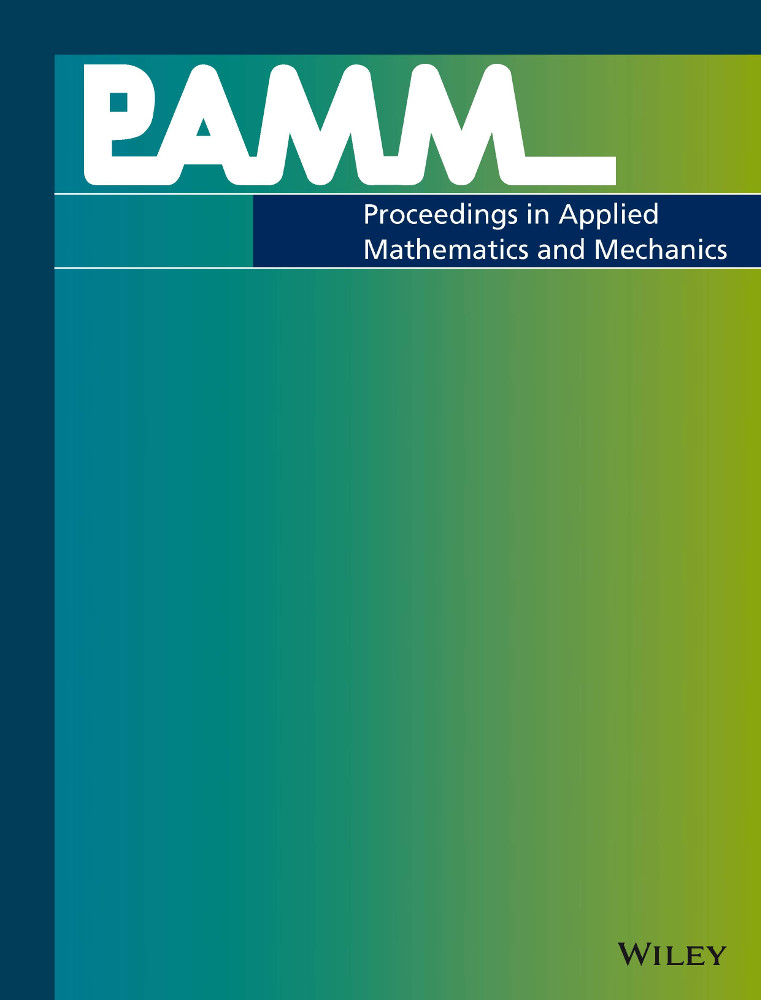Experimental and numerical studies on damage and failure behavior of anisotropic ductile metals
Abstract
The paper deals with experiments and numerical simulations of the biaxially loaded H-specimen to study the damage and failure in anisotropic ductile metals. The deformation and failure behavior of anisotropic ductile metals depend both on load ratio and loading direction with respect to the rolling direction. Experiments focusing on shear-compression stress states have been performed and digital image correlation (DIC) is used to monitor the strain fields. Numerical simulations based on the Hill48 anisotropic yield criterion are used to predict the stress states of the investigated anisotropic aluminum alloy EN AW-2017A. The fractured surfaces are visualized by scanning electron microscopy (SEM). The experimental-numerical technique clearly shows the influence of loading direction and the stress state on the evolution of damage processes.
Acknowledgments
This research was funded by the Deutsche Forschungsgemeinschaft (DFG, German Research Foundation) - Project number 394286626. This financial support is gratefully acknowledged. Open access funding enabled and organized by Projekt DEAL.




